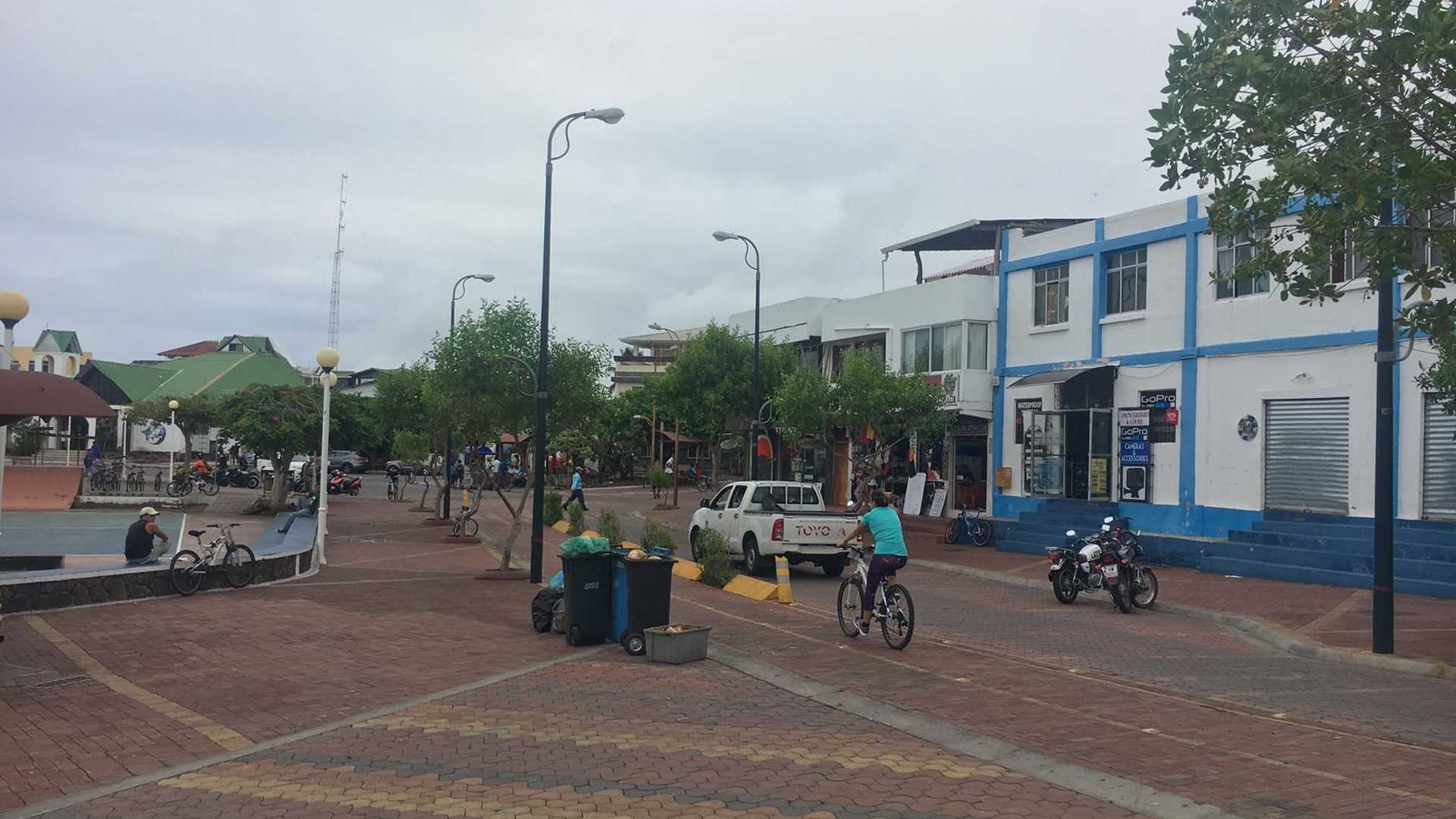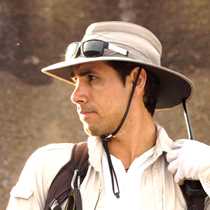Today the National Geographic Islander anchors at Academy Bay, named after the Ship Academy from the California Academy of Sciences. Santa Cruz Island is partially covered with a thin mist but as the sun rises it burns off clearing up into a beautiful morning.
Santa Cruz Island or Indefatigable in English is the largest inhabited area in the Galapagos; its main town is Puerto Ayora, the economical capitol and hub of tourism in the archipelago. The Charles Darwin research Station and the Galapagos National Park headquarters are located here also, making this island a must visit for every traveler who comes to the islands.
We leave shortly after breakfast for a dry landing at the municipal dock; our transportation is ready to take us to the entrance of the Charles Darwin Research Center, from there we walk on the “Tortoise Path”. Here we learn about the different conservation programs aiming to restore the dynasty of the giant tortoise, and as we walk farther we observe different species of giant tortoises in different stages of life and to end the visit we walked into an exhibition center where the taxidermized body of “Lonesome George” is being displayed and we share his story.
Our guests had some time off after the visit to explore the town, visit the fishermen’s wharf and shopping. We all gathered at the Rock restaurant to be organized in groups to continue with the activities in the highlands. Some of our traveler visited a local school that the NATGEO/LEX Fun supports and the rest of our guests visited a local coffee and sugar cane farm to learn the Galapagueno way of living.
After a delicious lunch at “Manzanillo” farm we divided in groups to explore the forest in search for the Giant Tortoises, there several immature males and females gathering around a fresh water pond, our guests had an incredible opportunity to photograph these rare reptiles. As we went deeper into the forest several large male tortoises were spotted as they were marching to a massive fresh water lagoon to possibly cool off and insulate themselves with thick layers of mud.
The vegetation was exuberant, very tall trees with large leaves and colorful flowers surrounding the forest, easy terrain and very dry soil. All these conditions made very easy for us to get close and personal with these unique species found only here in this little world the Galapagos Islands.







